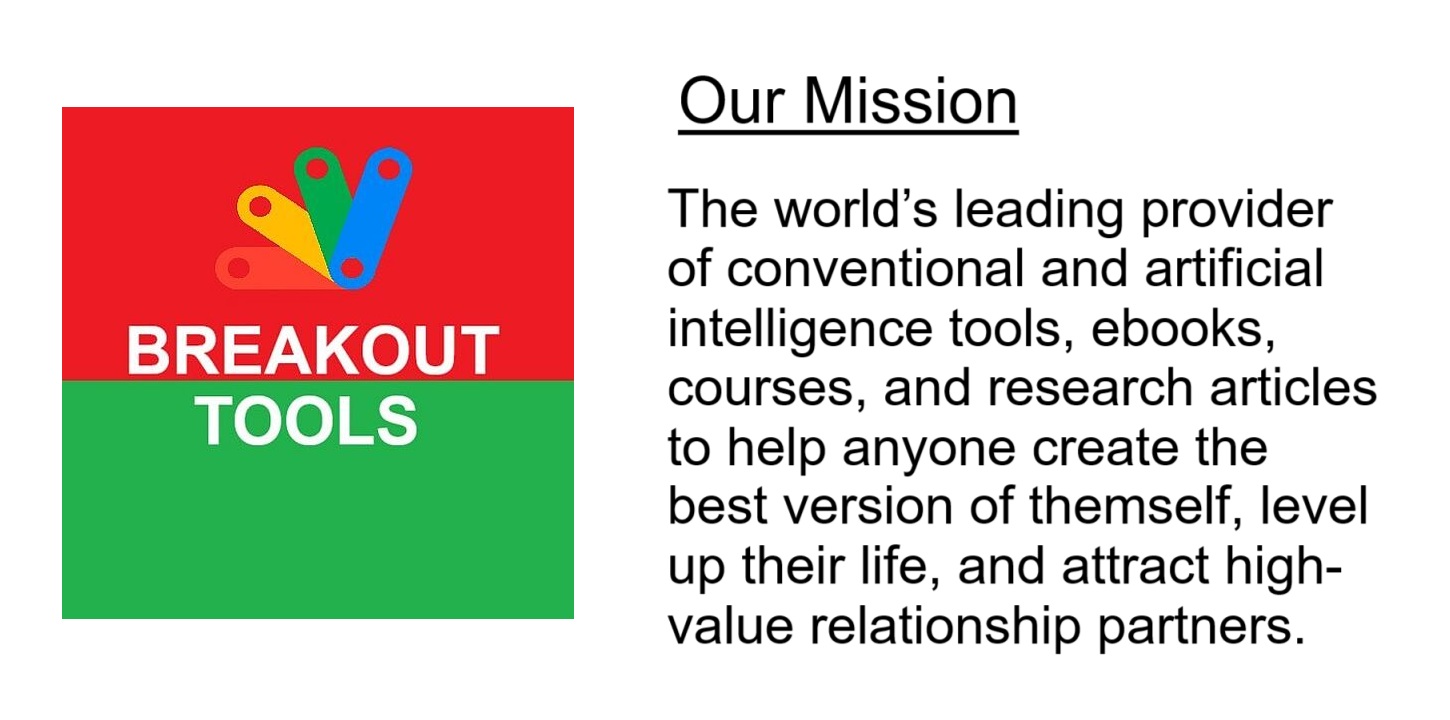Loneliness, a pervasive and often debilitating emotion, affects individuals across all demographics. In an increasingly interconnected world, the irony of widespread loneliness highlights the critical need for effective support systems. While traditional in-person support groups have long been a staple for those seeking connection and understanding, the rise of online support groups has presented a new avenue for combating isolation. This article delves into a comparative analysis of online and in-person support groups, examining their respective benefits, limitations, and overall effectiveness in addressing loneliness.
Understanding Loneliness and the Need for Support
Loneliness is more than just being alone; it’s a subjective feeling of disconnection, isolation, and a perceived lack of meaningful relationships. Chronic loneliness can lead to a range of adverse health outcomes, including depression, anxiety, weakened immune function, and increased risk of cardiovascular disease. Therefore, establishing robust support systems is crucial for mitigating the detrimental effects of loneliness and fostering a sense of belonging.
Support groups, whether online or in-person, offer a structured environment where individuals can share their experiences, receive empathy, and learn coping strategies from others facing similar challenges. These groups provide a sense of community, reduce feelings of isolation, and empower individuals to navigate their emotions more effectively.
The Appeal of In-Person Support Groups
Benefits
- Direct Human Connection: In-person groups offer the opportunity for face-to-face interaction, which can foster deeper, more meaningful connections. Physical presence allows for non-verbal cues, such as body language and facial expressions, to enhance communication and understanding.
- Sense of Community: Attending regular meetings in a physical space can create a strong sense of community, where members feel a shared identity and purpose. This can be particularly beneficial for individuals who lack social connections in their daily lives.
- Reduced Social Anxiety: For some, the structured environment of an in-person group can provide a safe space to practice social skills and overcome social anxiety. The physical presence of others can also be grounding and reassuring.
- Immediate Support: In moments of distress, the immediate availability of support from fellow group members can be invaluable. Physical touch, such as a comforting hug, can provide a sense of security and validation.
Limitations
- Geographical Constraints: In-person groups are limited by geographical location, which can be a barrier for individuals living in rural areas or those with mobility issues.
- Scheduling Conflicts: Coordinating schedules to attend regular meetings can be challenging, especially for those with busy work or family commitments.
- Stigma and Privacy Concerns: Some individuals may feel uncomfortable attending in-person groups due to concerns about stigma or privacy. The fear of being recognized or judged by others can deter participation.
- Cost and Accessibility: In-person groups may incur costs associated with transportation, childcare, or membership fees. Furthermore, physical accessibility can be an issue for individuals with disabilities.
The Rise of Online Support Groups
Benefits
- Accessibility and Convenience: Online support groups offer unparalleled accessibility and convenience, allowing individuals to participate from anywhere with an internet connection. This is particularly beneficial for those living in remote areas or with mobility limitations.
- Anonymity and Privacy: The anonymity offered by online platforms can create a safe space for individuals to share their experiences without fear of judgment or recognition. This can be especially appealing for those who are hesitant to seek help in person.
- Flexibility and Scheduling: Online groups typically offer greater flexibility in terms of scheduling, with many operating 24/7 or offering asynchronous communication options. This allows individuals to participate at their own pace and on their own time.
- Wider Range of Options: Online platforms offer access to a wider range of support groups, catering to diverse needs and interests. This allows individuals to find groups that are specifically tailored to their experiences and concerns.
Limitations
- Lack of Physical Connection: The absence of face-to-face interaction can hinder the development of deep, meaningful connections. Online communication can be less personal and lack the non-verbal cues that enhance understanding and empathy.
- Technical Issues and Digital Divide: Access to technology and reliable internet connectivity can be a barrier for some individuals, particularly those from low-income backgrounds or older adults.
- Difficulty in Building Trust: Building trust in an online environment can be challenging, as individuals may be hesitant to share personal information with strangers. The lack of physical presence can also make it difficult to assess the credibility and trustworthiness of other members.
- Potential for Misinformation and Cyberbullying: Online platforms are susceptible to misinformation and cyberbullying, which can be detrimental to the well-being of vulnerable individuals. It is important to ensure that online support groups are moderated and have clear guidelines for acceptable behavior.
Comparative Effectiveness and Research Findings
Research on the comparative effectiveness of online and in-person support groups is still evolving, but some key findings have emerged:
- Similar Outcomes: Several studies have found that online and in-person support groups can be equally effective in reducing loneliness, improving mental health, and increasing social support.
- Specific Preferences: Individual preferences play a significant role in determining which type of support group is most effective. Some individuals thrive in the anonymity and convenience of online groups, while others prefer the direct human connection of in-person groups.
- Hybrid Approaches: A hybrid approach, combining online and in-person elements, may offer the best of both worlds. This could involve attending occasional in-person meetings while maintaining regular online communication with group members.
Choosing the Right Support Group
The choice between online and in-person support groups is a personal one, depending on individual needs, preferences, and circumstances. Here are some factors to consider:
- Accessibility: Consider your geographical location, mobility, and access to technology.
- Scheduling: Evaluate your availability and preferred level of flexibility.
- Privacy: Determine your comfort level with sharing personal information and your need for anonymity.
- Connection: Reflect on your preferred level of interaction and your desire for physical connection.
- Group Focus: Research different groups to find one that aligns with your specific needs and interests.
Conclusion
Both online and in-person support groups offer valuable resources for combating loneliness and fostering a sense of belonging. While in-person groups provide direct human connection and a strong sense of community, online groups offer unparalleled accessibility, convenience, and anonymity. The most effective approach is often the one that best aligns with individual preferences and circumstances. As technology continues to evolve, it is likely that online support groups will play an increasingly important role in addressing loneliness and promoting mental well-being. By understanding the strengths and limitations of each approach, individuals can make informed decisions about which type of support group is right for them.










